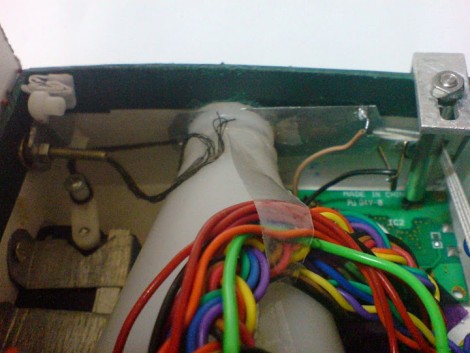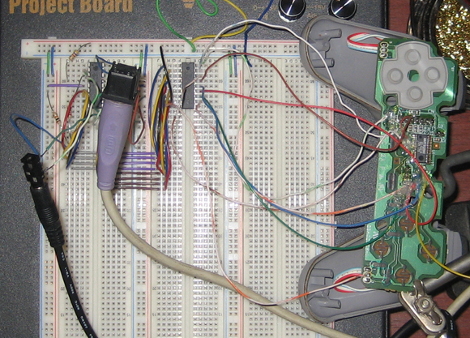
This automatic fish feeder didn’t take long to put together and it allows you to adjust how much food is dispensed. [Gagandeep Singh] built it around an Atmel AT89C2051 microcontroller. Like many of the automated feeding systems we see, this uses a character display and a few buttons for the user interface. We’re always curious at how they mechanically dispense the food. In this case, the motor seen at the left pulls open a sliding baffle which is pulled closed again by rubber bands at the right. It’s a bit more involved than the last fish feeder we saw, but your guess is as good as ours on which system works better.













